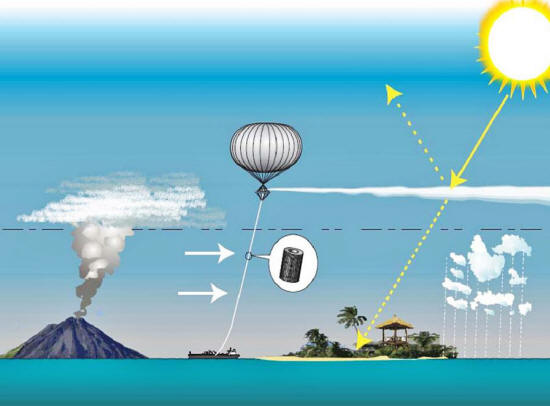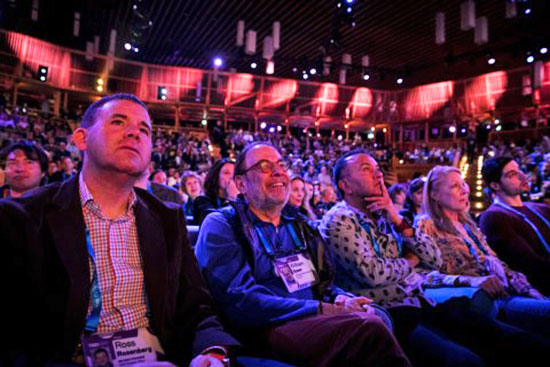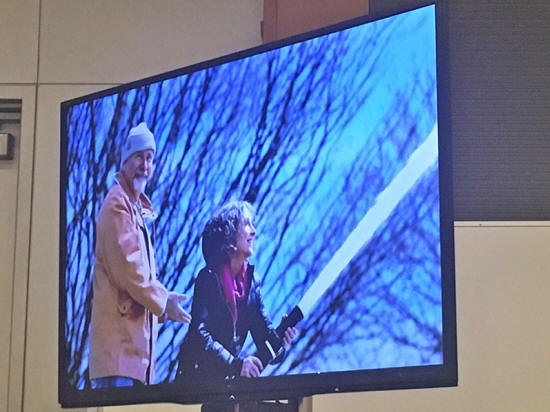|
from BusinessInsider Website
TED speakers duke it out
over a plan to release massive amounts of chalk into the atmosphere
During the 2017 TED talks
in Vancouver, Canada, multiple speakers brought up geoengineering
ideas - but one climate scientist pushed back.
TED Conference/Flickr
Hillis, the founding partner of tech innovation company Applied Invention, rattled off a number of geoengineering concepts that have popped up in recent years, including,
...and theoretically cool down the earth.
Here's how he visualized that on stage:
Ariel Schwartz/Business Insider
There are countless reasons why geoengineering schemes like this could be dangerous.
There's a fear that people will stop trying to reduce emissions if they think there's a quicker fix for the problem, and there are also many risks that come with messing with the planet in ways we don't fully understand.
Even advocates tend to acknowledge these issues.
After Hillis finished speaking, TED curator Chris Anderson invited the first speaker of the session, climate scientist Kate Marvel, back onstage to discuss Hillis' ideas.
Geoengineering, she said, is like going to a doctor who says,
It is, Marvel believes, a band-aid for the problem accompanied by consequences we can't currently imagine.
Tim Kruger, a geoengineering researcher at the University of Oxford, came onstage shortly after to lay out his own case for why geoengineering might be a useful tool.
But even he said that such projects might involve a,
Technologists tend to get the last word at TED, but that's not what happened here.
Instead, Al Gore closed out the discussion, suggesting that geoengineering might have a place in the future, but not as the only (or primary) solution.
|




